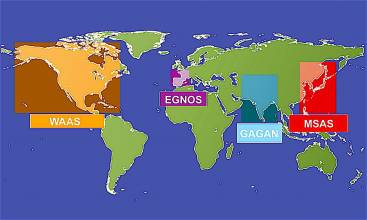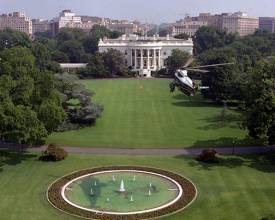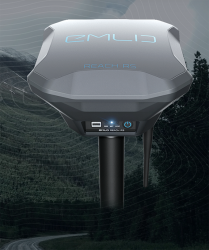March 2, 2017
 SATELITTE 2017 will take place in Washinggton D.C. Photo source: Wikimedia Commons.
SATELITTE 2017 will take place in Washinggton D.C. Photo source: Wikimedia Commons.
SATELLITE 2017 “Explore the Connected World” unites aerospace thought leaders, entrepreneurs, executives, engineers, end-users and enthusiasts together in one place from March 6-9, 2017 in Washington, D.C.
For more than 35 years, SATELLITE has played a critical role in determining how satellites will shape the future of our world. The show welcomes a community of aerospace professionals from every market and field of study, hailing from more than 150 nations around the world.
During SATELLITE Week, attendees will discuss major issues such as:
Read More >
By Inside GNSS






